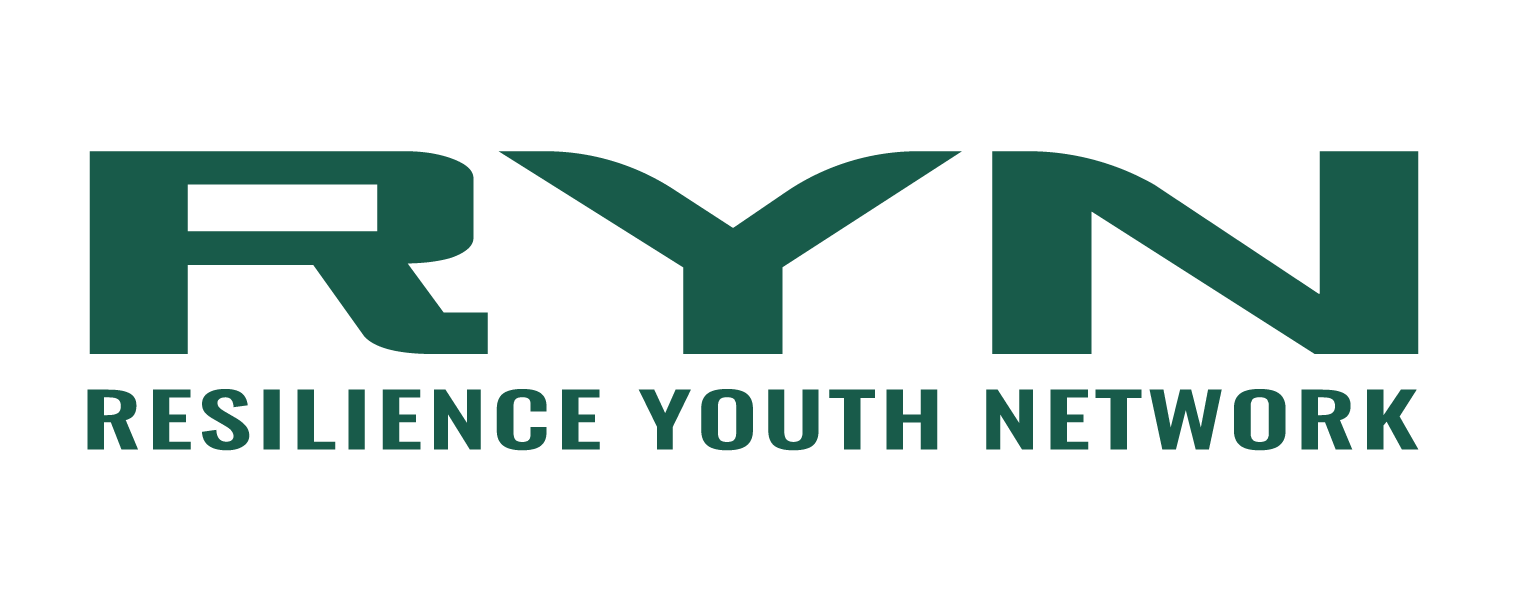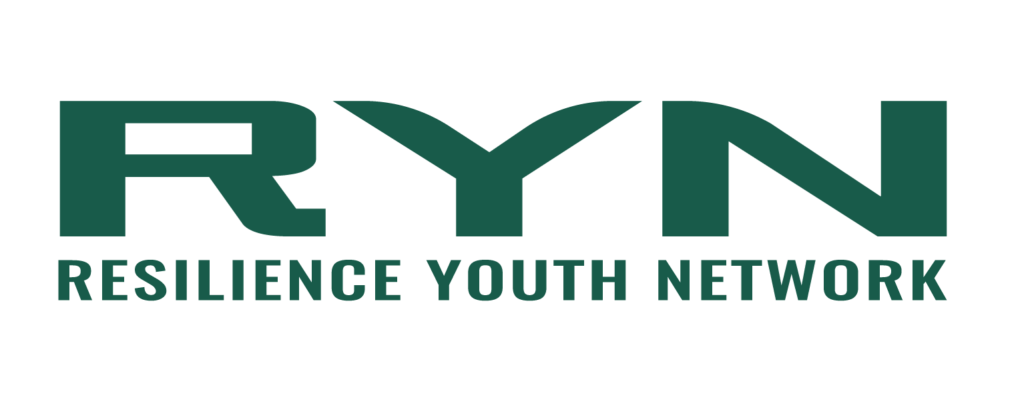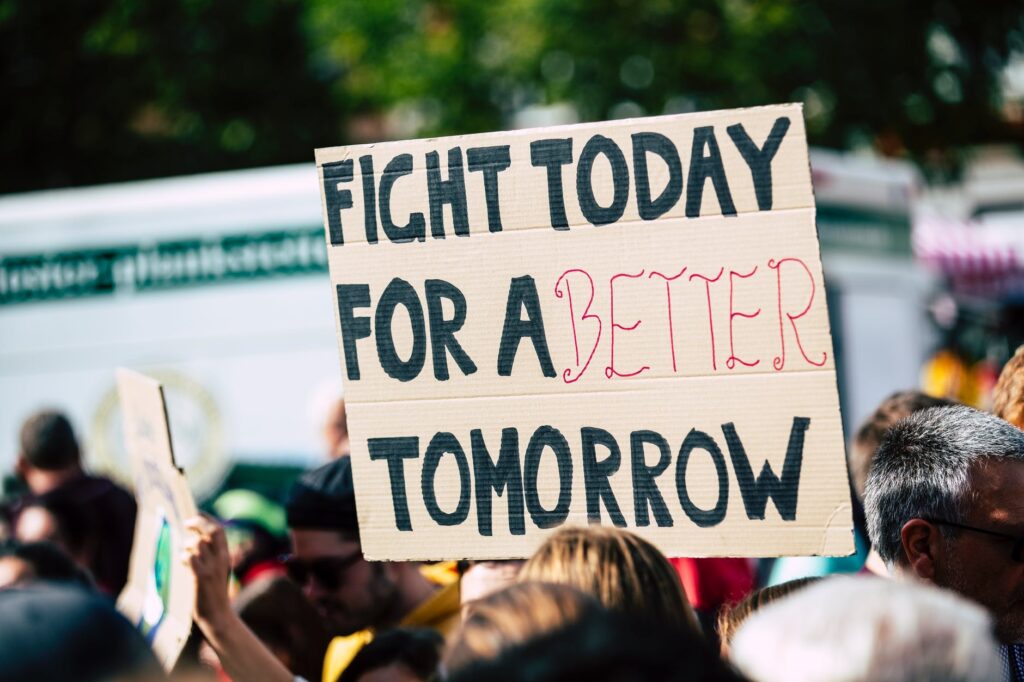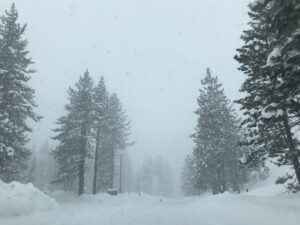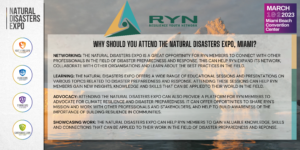
RYN Partners with Natural Disasters Expo: Building Resilience for the Future
The Resilience Youth Network is excited to announce our partnership with the Natural Disasters Expo, an event that brings together experts and practitioners in the field of disaster preparedness and response in order to predict, prevent and manage natural disasters.

